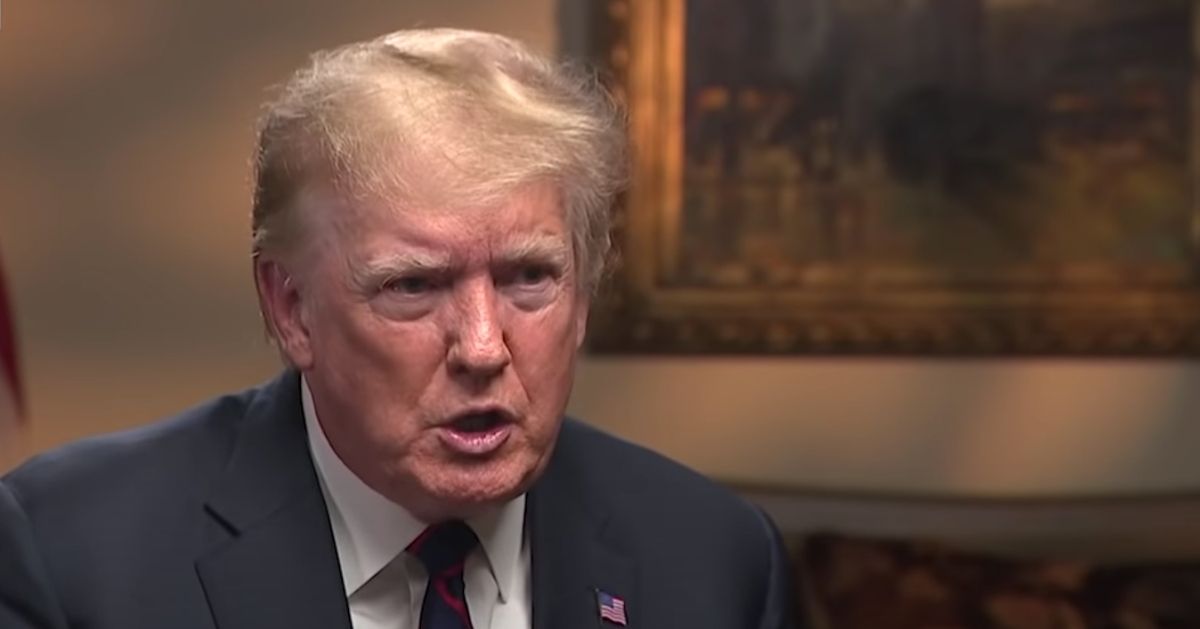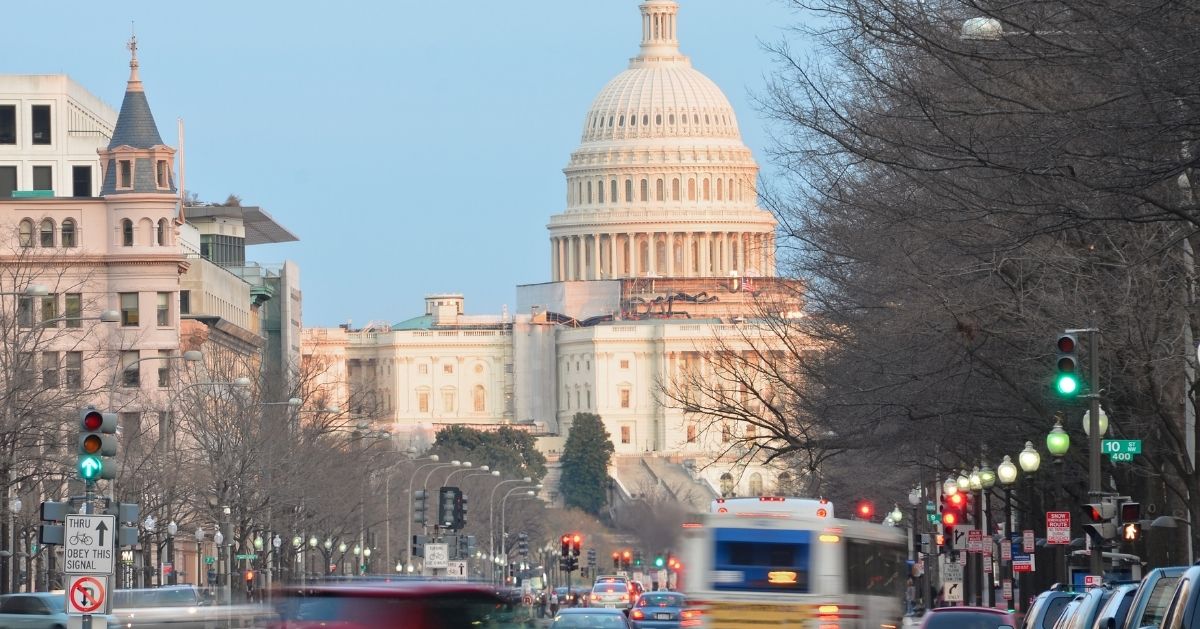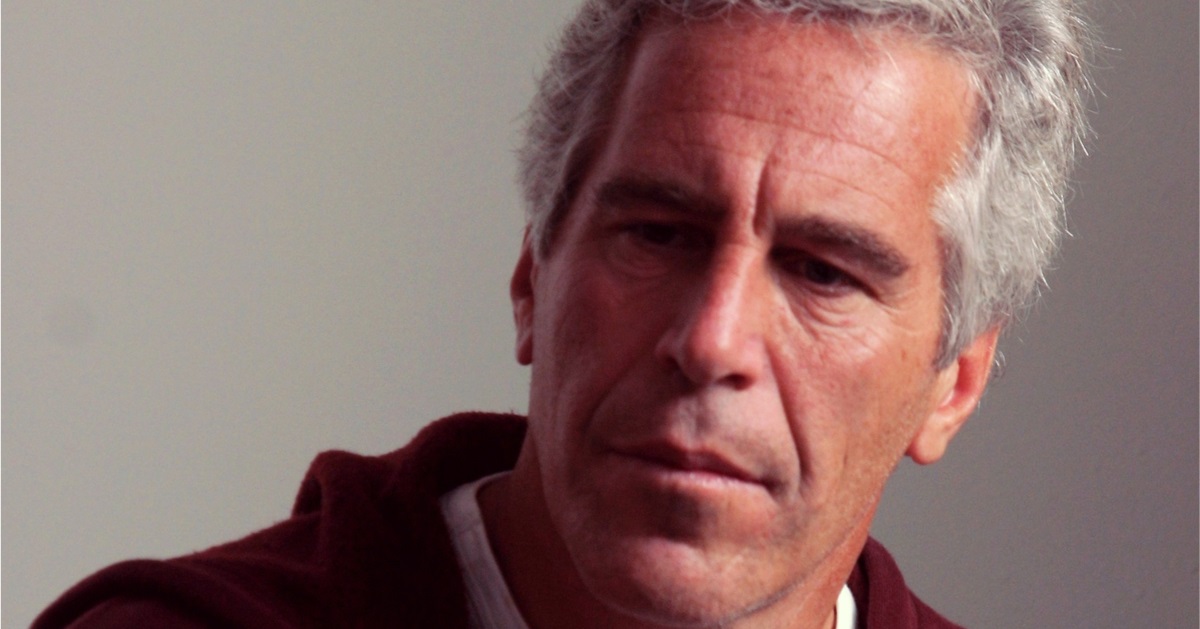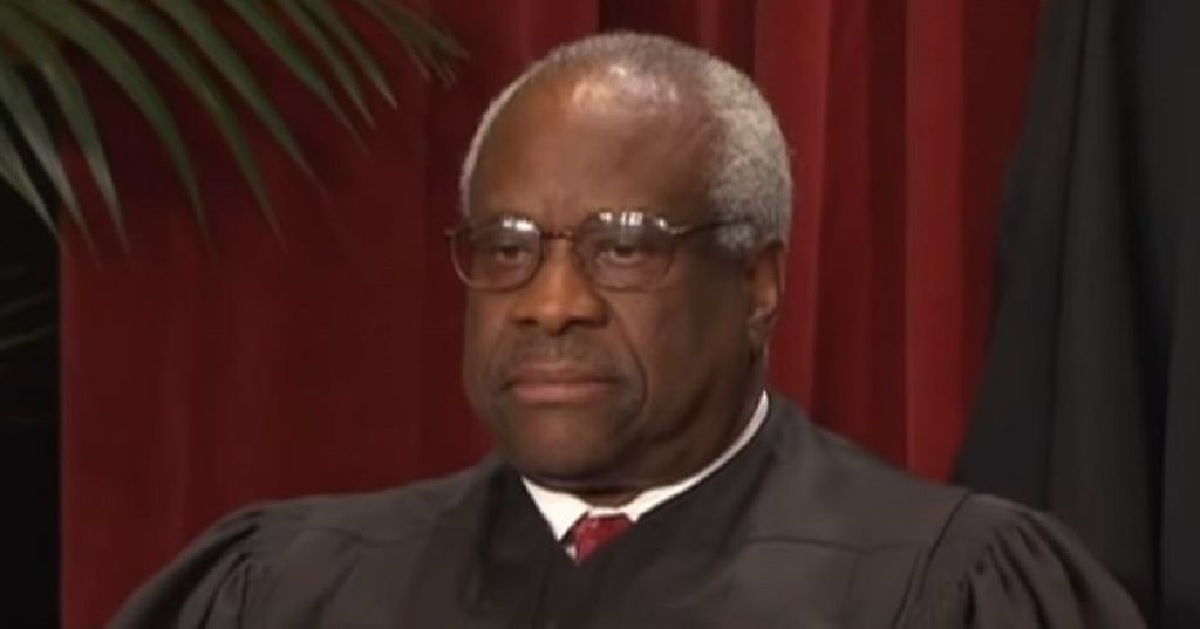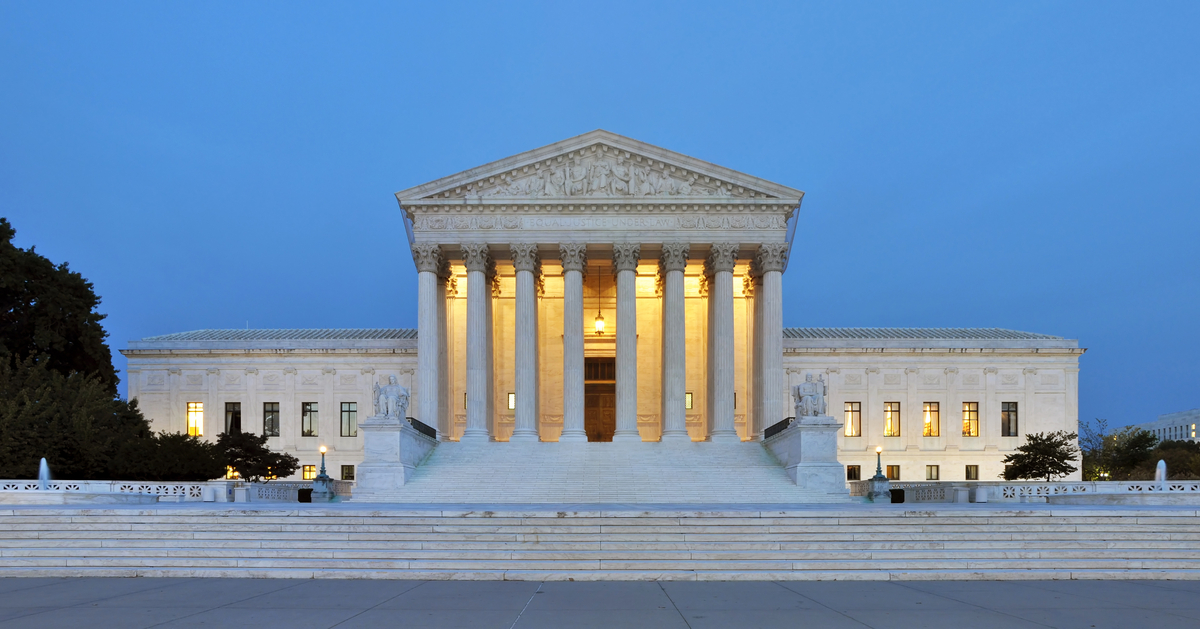Secret Ukraine-Russia peace draft revealed after Miami talks
Imagine a high-stakes dinner in Miami where the fate of Eastern Europe is carved up over steak and wine. That’s exactly how a controversial peace plan for Ukraine and Russia came to life, crafted in secrecy by U.S. special envoy Steve Witkoff and Jared Kushner, President Trump’s son-in-law, with a Kremlin confidant whispering Moscow’s wishes.
This story unfolds with a 28-point blueprint, later trimmed to 19, aimed at ending the fiercest conflict Europe has seen since World War II, though its initial tilt toward Russian interests raised eyebrows and rattled supporters of Ukraine’s fight.
Back in October 2025, Witkoff and Kushner were tasked by Trump to forge a path to peace, diving into clandestine talks that would shape a divisive proposal.
Behind Closed Doors in Miami
Over the weekend before Halloween 2025, the duo hosted Kirill Dmitriev, a financier tied closely to Vladimir Putin, for three days of intense discussions at Witkoff’s Miami home.
“They brought him to Miami the weekend before Halloween for what would be three days of intensive discussions over dinner and extended conversation at Witkoff’s home,” U.S. officials and sources familiar with the matter told the Wall Street Journal. And while the ambiance might have been cordial, the agenda was anything but balanced, with Dmitriev pushing for terms that heavily favored Moscow.
Witkoff, concluding Ukraine held a weaker hand based on intelligence and talks with officials, shaped a draft that demanded Kyiv cede eastern territory, limit its military, and abandon NATO dreams—concessions that felt more like capitulation than compromise.
Plan’s Bias Sparks Outrage
Dmitriev’s influence was clear, advocating for economic deals between Washington and Moscow while Witkoff and Kushner reportedly shared similar views on the framework, a troubling alignment for those who see Ukraine as a bulwark against Russian overreach.
Even Ukraine’s national security adviser, Rustem Umerov, didn’t mince words when invited to Miami, bluntly telling the architects the plan served Moscow far better than Kyiv, according to officials. If even Ukraine’s own saw it as a raw deal, one wonders how this could ever pass as diplomacy.
Meanwhile, Witkoff and Kushner did reach out to Ukrainian President Volodymyr Zelensky via at least two phone calls during the drafting, though most provisions were set before any Ukrainian or Russian envoys were fully consulted.
Leak Shocks Washington Insiders
The original 28-point plan, leaked last week, stunned congressional lawmakers and Ukraine’s backers, who saw it as a betrayal of a nation fighting for its sovereignty against a relentless foe.
Secretary of State Marco Rubio himself was kept in the dark about the full extent of this proposal until the leak on November 18, 2025, only receiving a copy during a White House visit by Saudi Crown Prince Mohammed bin Salman.
Rubio, calling it a “living, breathing document” that has “evolved,” hinted at its fluid nature on a recent Sunday, but one has to question how such a critical policy could be so poorly communicated within the administration.
Revisions and Lingering Doubts
Flying to Geneva over the weekend to tweak the blueprint, Rubio helped pare it down to 19 points, stripping out the most contentious demands like territorial losses in Donbas and the NATO membership ban—steps that might soften the blow for Kyiv.
Yet, even with revisions, the optics of secret Miami dinners with a Putin ally linger like a bad aftertaste, raising doubts about whether America’s interests, or Ukraine’s survival, were truly at the heart of this effort.
With the White House and State Department staying mum on the matter, conservatives must ask if this is the bold, America-first diplomacy promised or a risky gamble that could embolden adversaries while sidelining allies in desperate need.

